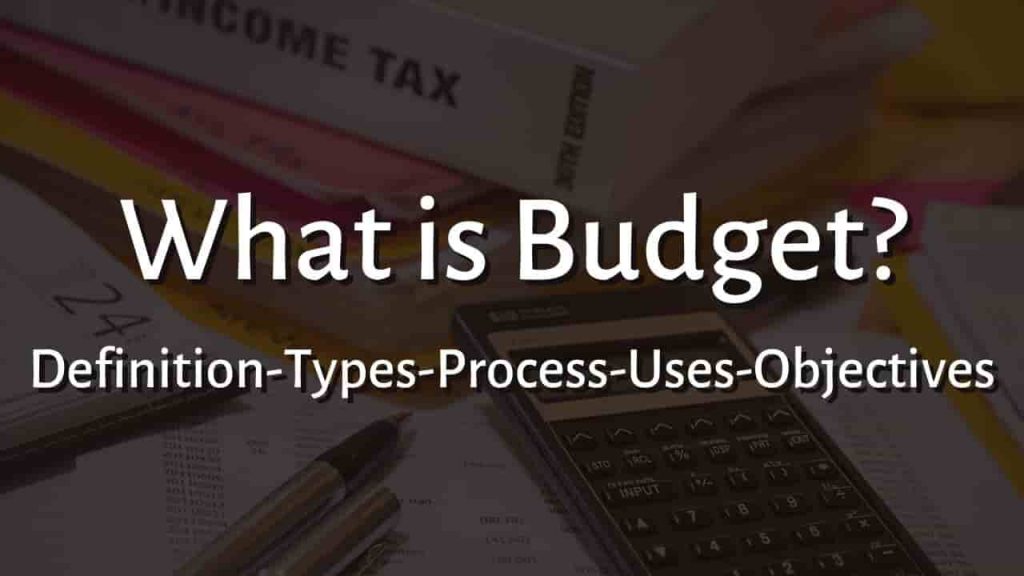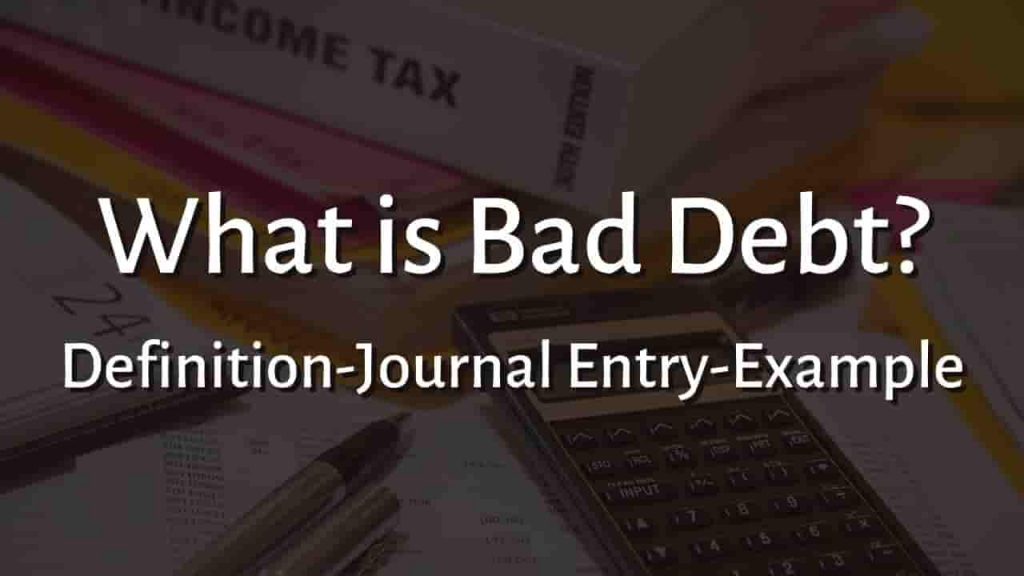Discounted Cash Flow (DCF)
Discounted cash flow is a valuation approach that estimates the current fair value of an investment by using predicted future cash flows and a discount rate. It is a computation involving the time value of money or TVM.
TVM is the concept that money today is more valuable than money tomorrow. This assumption is based on the idea that today’s cash may be invested and so grow in value over time. The time value of money is a fundamental notion in modern finance.
DCF analysis is an effective method for evaluating any investment that demands a current cash outlay in return for future earnings.
Importance of Discounted Cash Flow
The value of an asset is estimated using discounted cash flow models. It is classified as a basic analytical approach since it is both quantitative and qualitative in character.
DCF models need extensive assumptions in order to anticipate future cash flows. Analysts devote a lot of work to finding economic, environmental, and societal problems that affect future free cash flow while writing these assumptions.
As a result, DCF analysis is considered comprehensive and widely accepted as an industry standard in determining the fair value of an investment.
DCF calculations also make use of a wide range of statistics, such as the cost of equity, the weighted average cost of capital (WACC), and tax rates.
The DCF model is based on free cash flow (FCF), a dependable indicator that filters out the noise caused by accounting practices and financial reporting.
One significant advantage of adopting DCF values over a relative market comparable technique is that the computation is unaffected by marketwide excess or undervaluation.
It is vital that the assumptions used in a discounted cash flow model be correct; otherwise, the model loses its efficacy.
How Do You Calculate Discount Cash Flow?
The discounted cash flow (DCF) formula is the total of each period’s cash flow divided by one plus the discount rate (WACC) raised to the power of the period number.
The DCF formula is as follows:
DCF = CF1/(1+r)^1 + CF2/(1+r)^2 + CFn/(1+r)^n,
where:
CF = cash flow for the given year
CF1=is year one
CF2=is year two
CFn=is additional years
r = discount rate
Keep in mind that, other than this simple one, there are a variety of formulae used for DCF analysis, based on the type of investment being studied and the financial information provided. This formula is just intended to demonstrate the overall thinking employed throughout the procedure.
Analyzing the Formula’s Components
1. Cash Flow (CF)
Each year’s cash flow helps indicate the amount of money a business or investment has on hand, whether to reinvest in the firm or for simpler aims like paying staff and meeting monthly bills.
2. Discount Rate (r)
A discount rate is a number that is applied to future expenditures and benefits to represent their present worth. This rate indicates the company’s cost of capital, often known as the required return to justify the costs of capital investment. Interest rate and loan payments are two examples, as are shareholder dividend payments. They are typically calculated using the weighted average cost of capital (WACC).
3. Period Number (n)
Each cash flow is associated with a certain time period. Common time periods include years, quarters, and months. The time periods might be the same or different. If they differ, the difference is expressed as a percentage of the year.
DCFs may be combined together to calculate the net present value (NPV) of an investment opportunity over a certain time period. The greater a project’s or investment’s NPV, the more valuable it is.
The lower this number, the more difficult it will be to get a return on investment. This formula needs you to anticipate a company’s cash flows, choose a suitable discount rate, and compute an NPV that appropriately reflects the financials of your project or investment opportunity.
What is the Purpose of the DCF Formula?
The DCF formula is used to calculate the worth of a company or security. It shows the amount of money an investor is ready to pay for an investment given a certain rate of return (the discount rate).
Discounted Cash Flow Example
Assume you plan to invest $10 million in a project with a 5% WACC (thus giving you a discount rate of 5%). The project you’re investing in will last five years, and its expected cash flow is as follows:
| Year | Cash Flow |
| 1 | $2,000,000 |
| 2 | $2,000,000 |
| 3 | $4,000,000 |
| 4 | $5,000,000 |
The DCF on this project would adhere to the following timeline:
| Year | Cash Flow (CF) | DCF (Nearest Dollar) |
| 1 | $2,000,000 | $1,904,762 |
| 2 | $2,000,000 | $1,814,059 |
| 3 | $4,000,000 | $3,455,350 |
| 4 | $5,000,000 | $4,113,512 |
As a result, the total DCF for this time would be $15,988,840. After deducting the initial $10 million investment, we have $5,988,840 – a significant NPV that indicates a decent return on this investment.
Advantages of Discounted Cash Flow Analysis
DCF values companies or assets via a distinct lens, providing some distinct advantages over alternative valuation methods:
- DCF enables objective valuations that are not influenced by market conditions. It is regarded a more objective valuation approach than other options since it estimates value separately from subjective market emotion. Companies are frequently mispriced in the market, and the DCF is unaffected by temporary market distortions.
- DCF examines a possible investment’s long-term value. DCF evaluates an investment’s prospective profits over time, taking into account the time value of money and allowing investors to predict how long it will take to obtain a specific level of return.
- DCF is a highly sophisticated valuation method. DCF employs precise statistics and indicators generated from assumptions about a firm, such as cash flow predictions and discount rates. If these assumptions are correct, they can offer a good picture of the worth of a firm or investment.
Disadvantages of Discounted Cash Flow Analysis
While DCF offers numerous advantages over other valuation approaches, it also has some significant drawbacks to consider:
- Accurate estimations are required for DCF analysis. DCF models rely significantly on the above-described assumptions, and if these estimates are incorrect, it can have a major impact on the investor. For example, if an investor overestimates future cash flows, it may result in an investment that does not pay off in the future, reducing earnings. In contrast, anticipating overly low cash flows might result in missed opportunities.
- A DCF model needs a large amount of data. Developing a DCF model necessitates a substantial quantity of financial data, which can be challenging to gather and evaluate in a timely manner.
Is Discounted Cash Flow the Same as Net Present Value?
You may utilize the net present value and discounted cash flow calculations together to make an intelligent conclusion. However, they are not the same. The discounted cash flow analysis assists you in determining the present value of expected cash flows. The Net Present Value calculates the net return on investment after deducting initial expenditures.
Both computations focus on the cash flows of your small business, or how much money comes in and goes out.
Conclusion
Although DCF has significant advantages, it is only one of several techniques available for valuing a business or investment choice. Despite your best attempts to assess prospective outcomes, all investments have a chance of loss.
That is why, before investing, it is critical to analyze all aspects of an investment opportunity. A financial professional can assist you in navigating your alternatives and weighing your own models, allowing you to invest with confidence.
We also have:
Generally Accepted Accounting Principles (GAAP)
For more click here and if you are looking for full forms of different acronyms and words then check out this list you really gonna find this helpful. We also have an Essay on every topic, Check the complete list here. If you are Studying in Matric Free Video Lectures of Maths, Physics and English are here, and we have got you covered for I.COM Business Maths also.







